Over, It lies among the orchards, but the fishermen know it well, for the wayward Ouse broadens out where the ferry takes us over the border to a delightful little inn (In Holywell). But Over will not let us hurry away, for it has a handsome church which the centuries have ’ tilled with interest without and within. Its sanctus bell has hung in the bellcot for 600 years, and all that time the spire has been pointing the village folk the way to Heaven. The tower is older still, a landmark in this valley since the 13th century. †
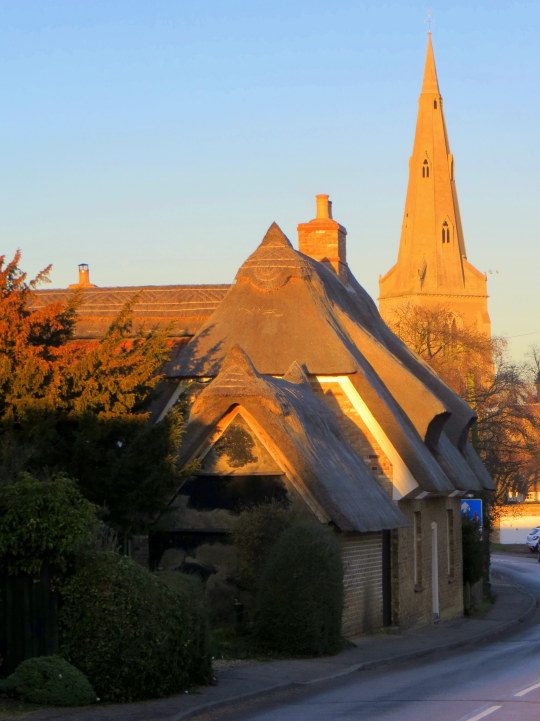
It was as the sun was going down that I got to the St Mary’s Church in Over, it had been a lovely day and the setting sun lit up the pale brick and plaster work.
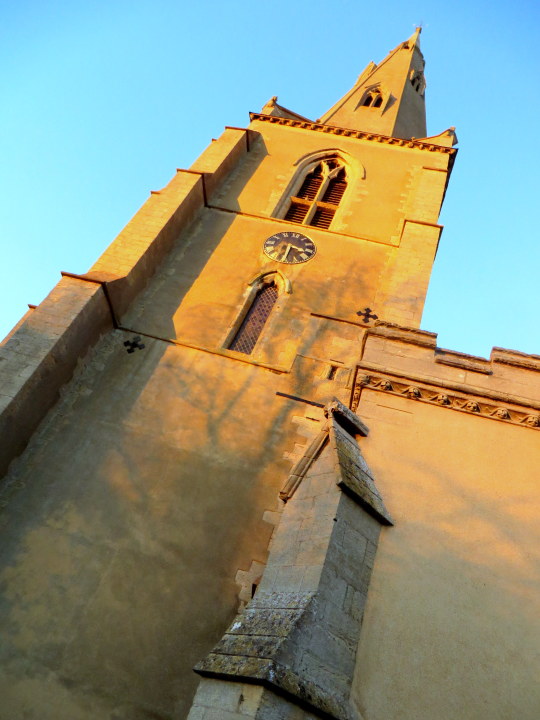
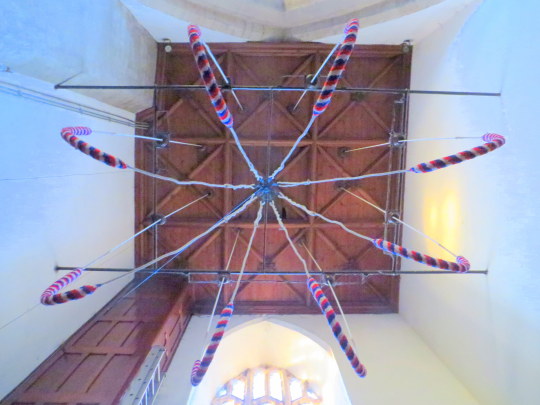
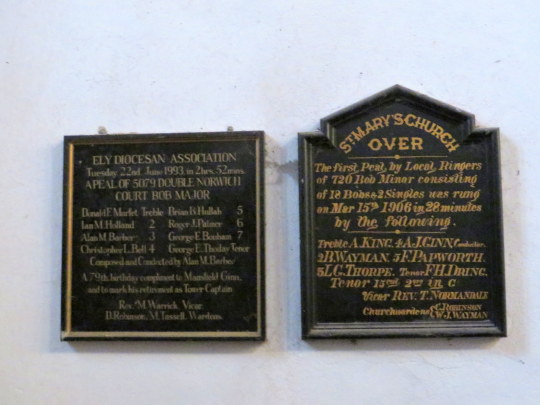

Like with Swavesey church there are some carvings, the choir seats on one side are carved with mythical beasts and birds.
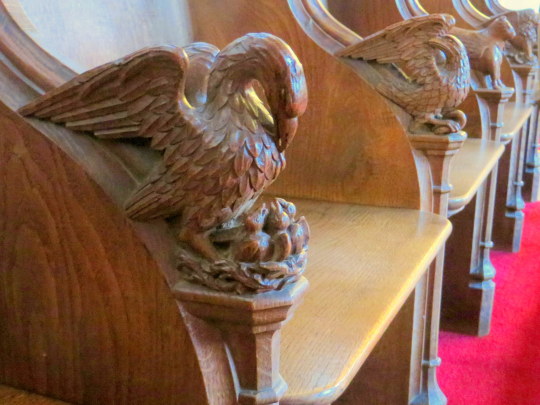
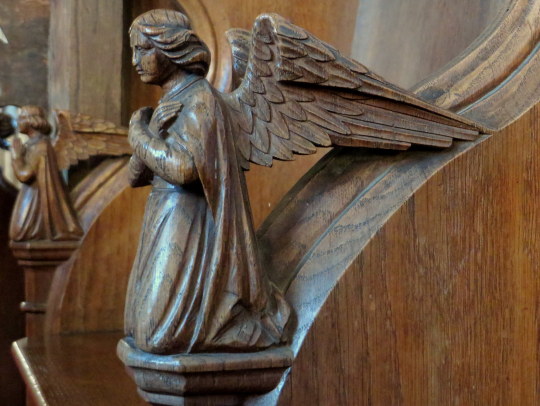
Here are some angles and below a cow like beast with wings.
Edit: The cow with wings is the symbol of St Luke the Evangelist, patron saint of painters – Paul Bommer.
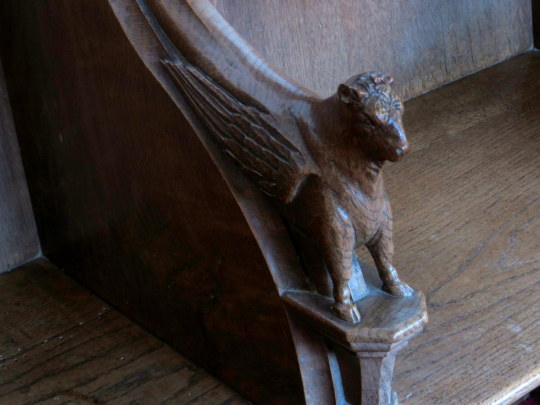
On the other side of the chapel the choir seating is older, the tip-up seating hid the medieval misericords.
Misericords were set on the underside of the hinged seats in the choirs of churches. They had no religious function but gave some support to the monks and clergy in the long parts of the services when standing was required. This explains the name ‘misericord’, which comes from the Latin for mercy. The decoration was often amusing and sometimes moral. ‡

Here is a Rams head and Devils or Cows to the sides. Below the full image of the chairs show how the seats flap down and the decorations on the corners.
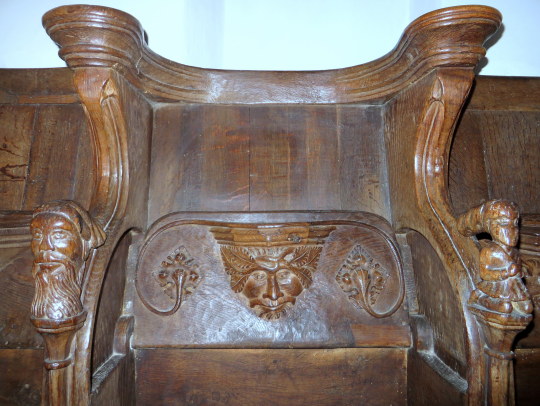
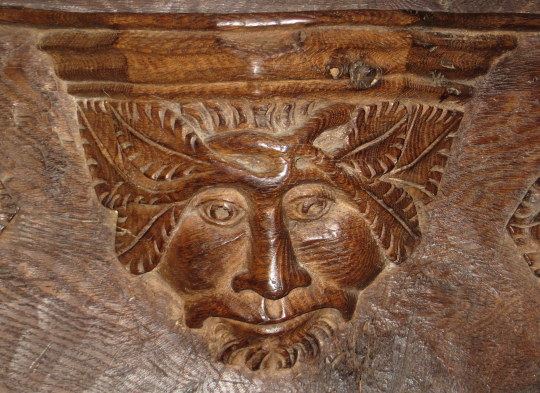
Above a traditional Green-man image carved with beard. Below a more devious looking Green-man or woodland spirit with leaves brushing beside the head, another beast and then leaves and coats of arms for the Abbot of Ramsey who would have given the parish money to decorate and repair the church along with the Abbot of Ely.
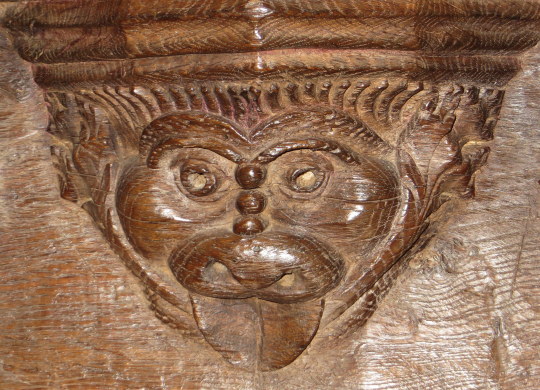
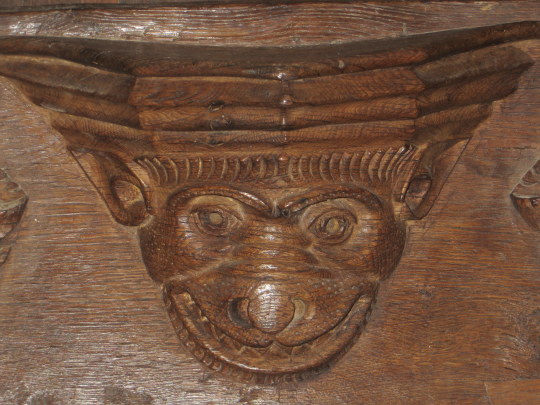
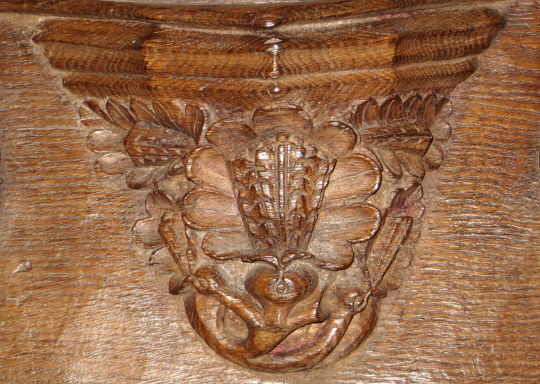
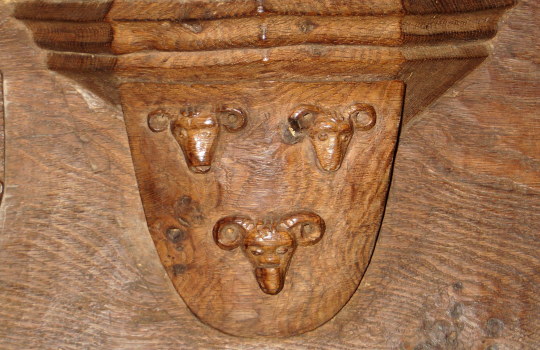
Outside the church is no less decorative than the interior as the image below shows, the gargoyles were the original way of spouting water from the roof while looking decorative. It has now been replaced with the modern piping and emergency spout for heavy rainfall or if the pipe is blocked with leaves.
The carving of them is not only wonderful but so inventive. A sheep, a maiden with a potty or jug. I am unsure of their age but I love the folk nature of the design and that everything should be functional and decorative.
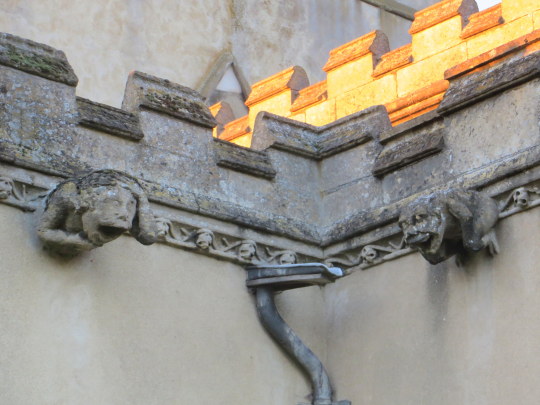
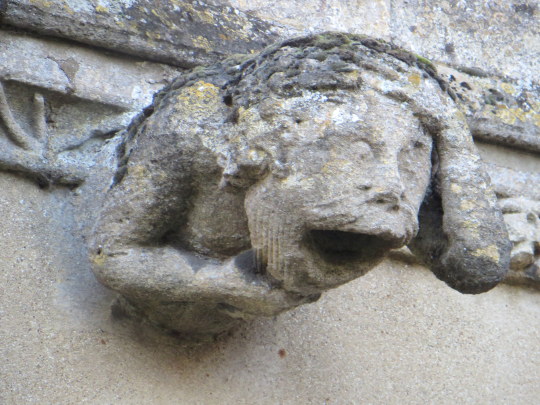
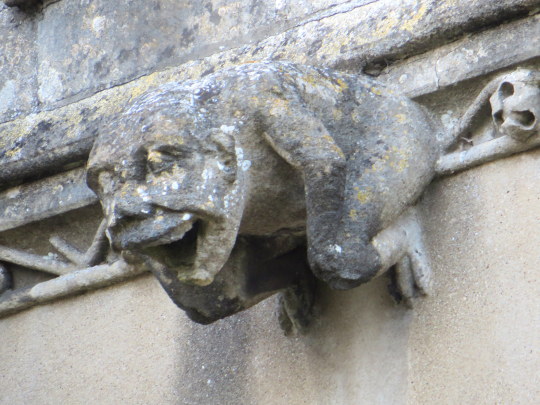
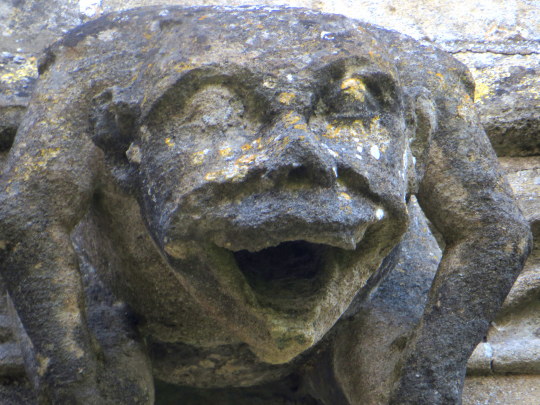
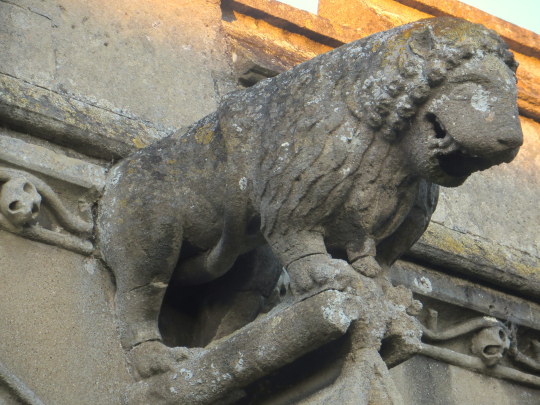
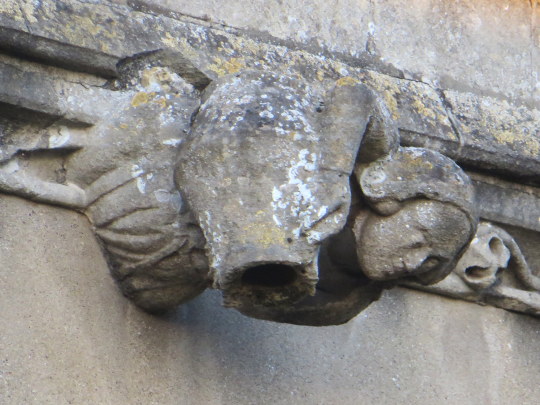
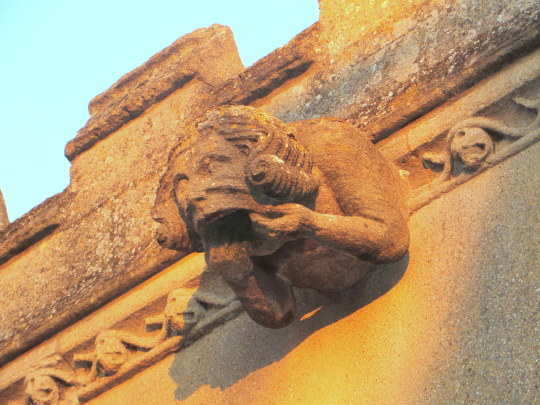
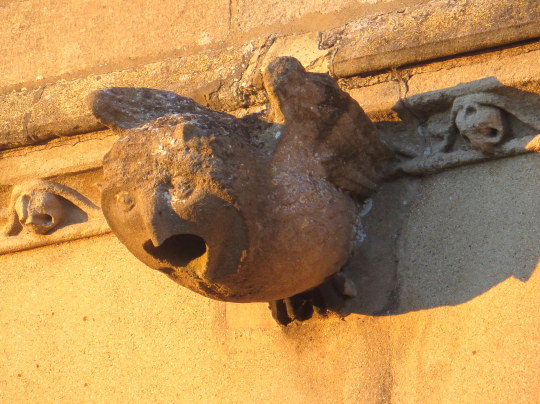
The owl caught the sunlight as the full force of the sunset glowed across the building.
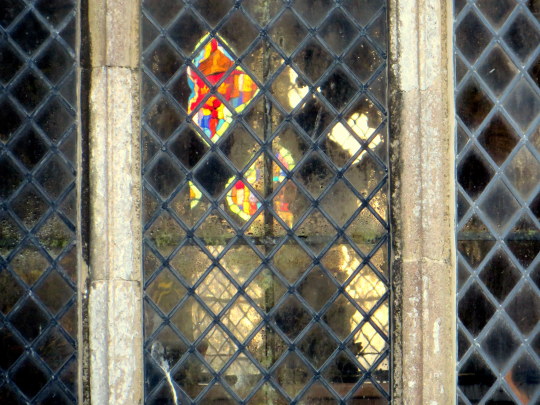
From outside the date celebration window is reflected in part thought the leaded squares. Below the image is the window in full with coats of arms and the dates 1254 when the building was much simpler, to how it is today.
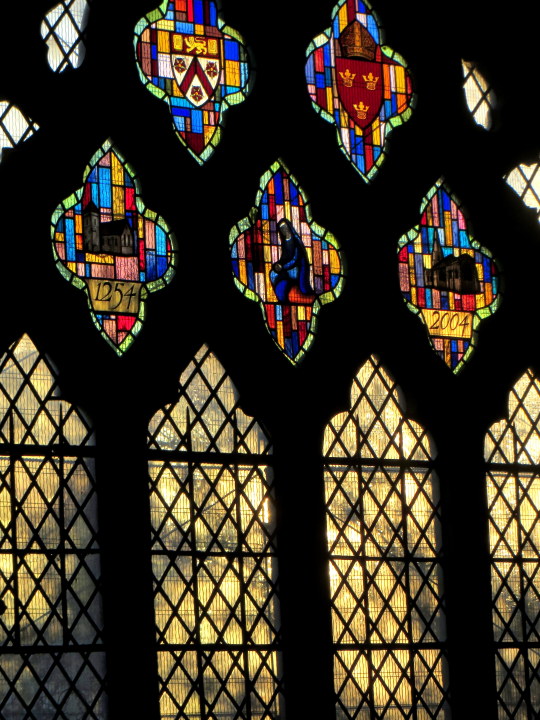
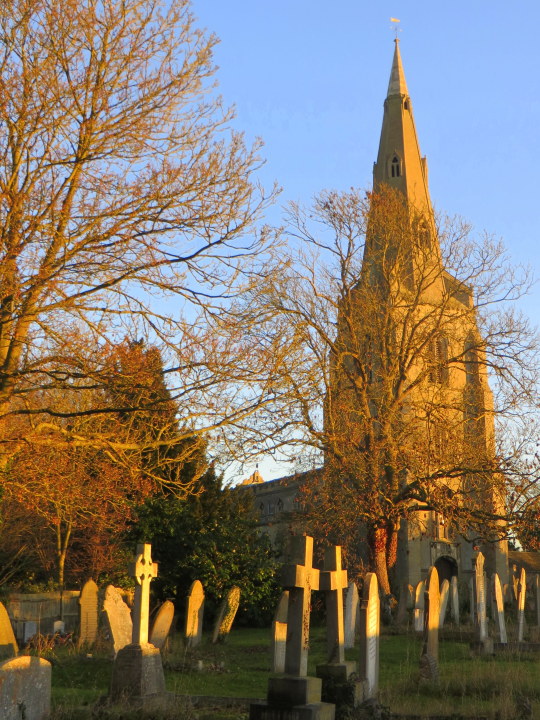
To the other side of the church and the light was catching the trees and headstones.
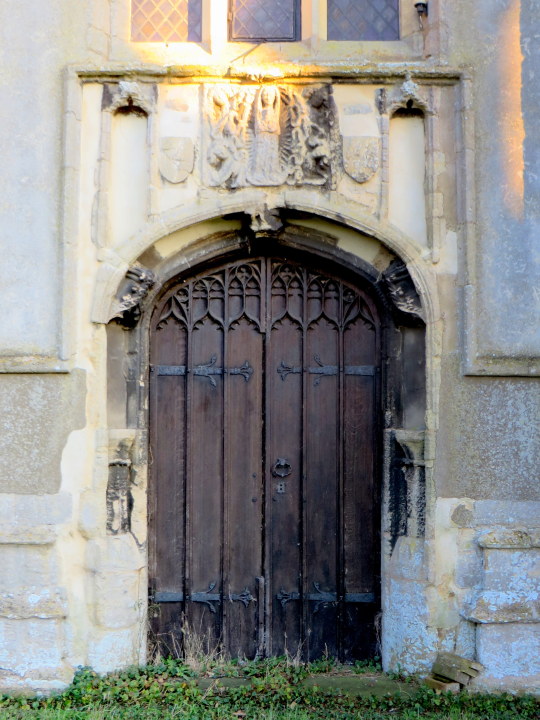
Above the door on the back of the tower is a wonderful carving, what might be Mary is in the centre of a
Botticelli like shell and the faces of men around the sides, the top left in a wig reminding me of Samuel Pepys, who’s family origin from the near-by Cottenham.
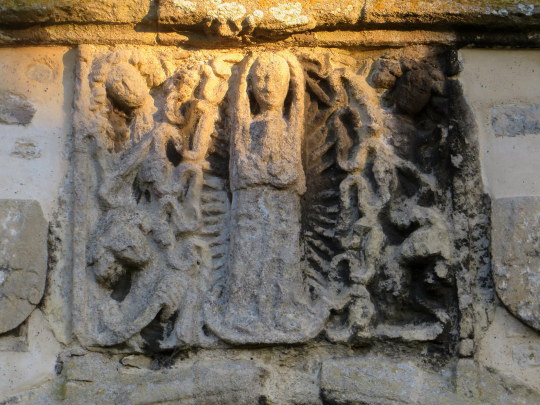
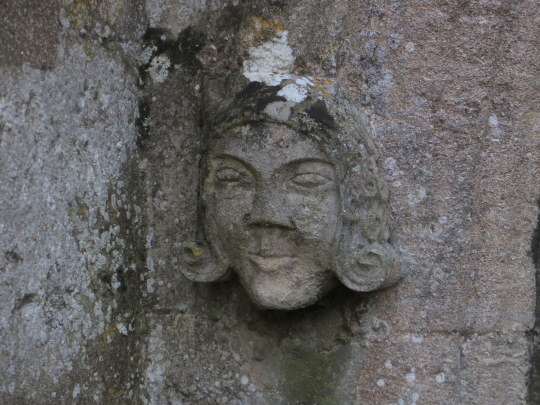
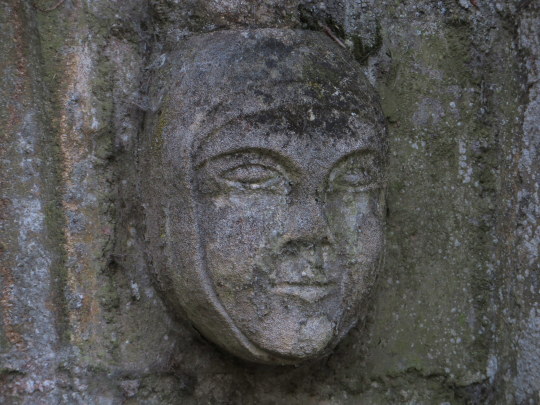
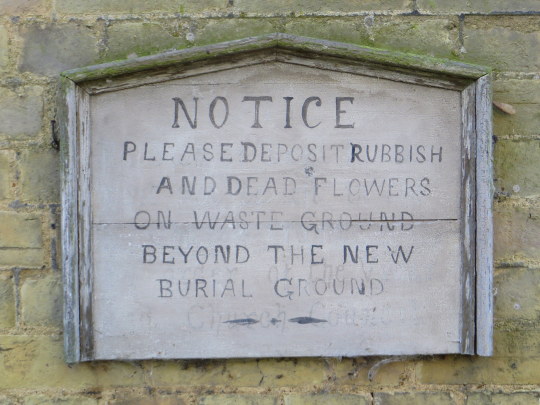
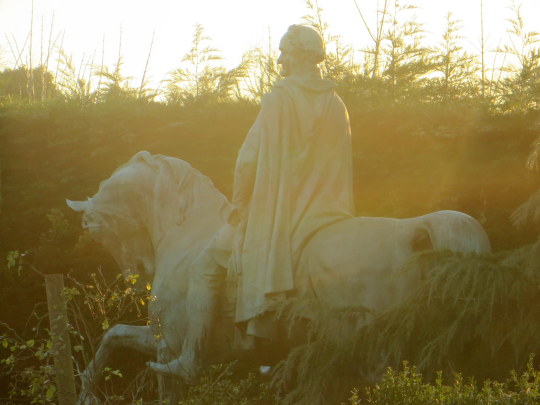
At the end of the Graveyard you can see into the next garden and there is a huge statue of a Roman on a Horse, looking over a 8ft high hedge.
† Cambridge – Arthur Mee, 1949.
‡ Misericords – V&A, London.